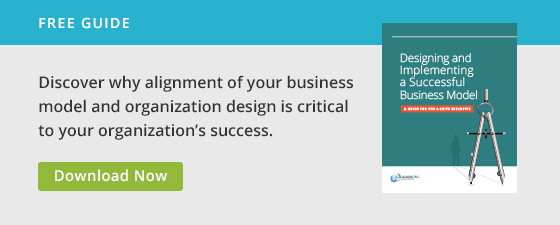In order to successfully navigate through a change transformation, businesses need key people to help push the change forward and integrate the new concepts into the organization. These change agents play an essential part in the change transformation as they communicate, implement, and help spread the change throughout the organization. To be effective, however, change agents need training, work to do and a vision of the end-state goals.
Before discussing how to engage change agents, we must ask how to find them. In our book, Mastering the Cube, we outline how to choose the effective change agents. Among many things, the book illustrates three types of individuals to consider when selecting change agents:
- Influencers. These are individuals who are already well respected and well connected within your organization and are a logical fit as change agents. If others tend to follow them naturally, they can be powerful catalysts for change.
- High-potentials. It is often helpful to use change work as a development opportunity. This will allow high-potential individuals to get valuable training that will continue to pay off throughout and beyond the change transformation.
- Resistors. It can be very helpful to ask those who are most likely to resist the change because they are skeptical to participate early, especially so their resistance to the change doesn’t create barriers to successful transformation. Getting resistors involved early will help them get the information they need to transition from skeptical to supportive and will help garner the support and buy-in necessary to implement the plan.
These three types of individuals are by no means exhaustive. It does, however, provide a way to target individuals who will help you acquire the right buy-in and build the capabilities that will continue to benefit your organization.
Selecting the best change agents for your transformation efforts marks a significant step, but it does little to ensure that they will become and remain effective. Unfortunately, we have often seen the best change agent networks, teams, and individuals fail or perform below their potential because efforts were not made to ensure they stayed engaged in the change. For leadership, this can be a major point of frustration and can become a bottleneck to the change transformation efforts.
The following describes some best practices for getting and keeping change agents involved and motivated throughout the change transformation process:
- Train them on the change. Too often, companies don’t spend sufficient time talking about the change. For change agents to have the desired trust in the design as well as the insight, context, and perspective to be truly useful in the change transformation, we need to spend time training change agents and giving them the time to ask questions and participate in design conversations. Without enough time to discuss how the transformation will unfold, how the timing will play out, and why the company is implementing the change transformation in the first place, change agents often perform below their potential and don’t provide the support that the organization needs to adopt and integrate the change.
- Give them work from the beginning. Change agents most often contribute to communication and training activities throughout the change. This work is essential for the change, but there is often more that change agents can do as well. Consider involving them in the organization design, change planning efforts, and/or helping implement the organization or technological changes in the organization. Their leadership and unique vantage point within the organization can offer different perspectives and will help the overall change transformation shrink blind spots and create a more holistic design.
- Activate at the right time. In a change transformation effort, timing is everything. Although it is essential to get change agents involved early, you will have to find the right balance. If you involve them too early, there may not be enough work to keep them busy and motivated. Contrarily, if you involve them too late, they won’t have the time and training to be effective. Involving them at the right time will go a long way to ensure their motivation.
- Establish a project cadence. Every project needs a cadence to be successful. Because every role and project is different, you cannot expect a single cadence to work for every organization and project. Instead, companies must find the cadence that will work for the unique circumstances that they are in. These might take the form of huddles, monthly meetings, or daily interactions, but the team needs to find the right cadence and stick with it.
As a whole, change agents are a valuable resource during transformational change, but they must be given an active role from the beginning to be effective. Knowing when to involve them in the change and giving them the resources to have an intimate knowledge of the change will allow them to perform their roles and remain excited about the new direction of the organization. Investing in change agents the right way from the beginning will be invaluable as you leverage their abilities to cascade and integrate the change throughout your organization.






